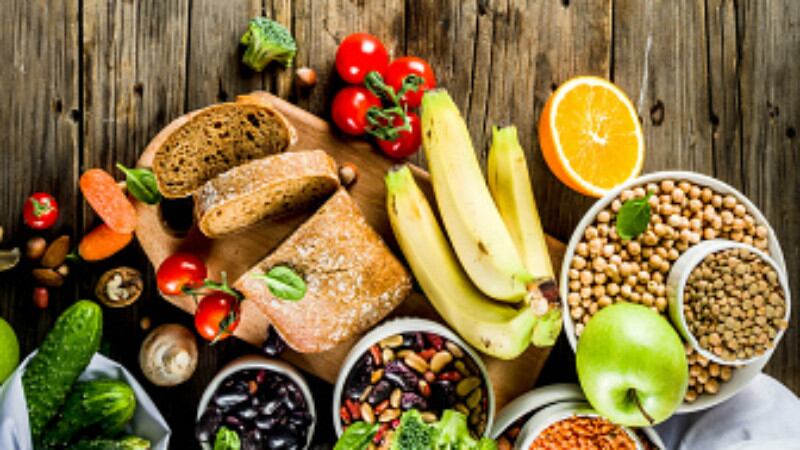Fibre has previously been touted to help in weight loss by reducing appetite, but in this study, the scientists found that when high doses of fibre were applied, there was a direct effect on body fat.
Conducted at the National Chung Hsing University in Taiwan, the study followed the body fat in four groups of rats – three of which were administered high fat diets, and one given a normal, control diet.
The three high fat diet groups were given diets with varying fat content. The HF group was fed with the diet highest in fat (365.5g of fat), followed by HF1X (359.5g) and HF2X (352.7g).
All the rats were given high doses of a fructooligosaccharide (FOS) and resistant maltodextrin (RMD) fibre mixture across eight weeks. It was found that this reduced total body fat in the HF1X group by 15.5%, and in the HF2X group by 19.2%.
For the HF2X group, this was particularly obvious as significant reductions were observed in both visceral fat (-17.4%) and non-visceral fat (-20.3%), whereas in the HF1X group it was mostly in non-visceral fat (-17.5%).
“In this study, an administration of either 2% or 5% of FOS-RMD mixture has contributed to a reduction of fat accumulation in the rats fed different high fat diets,” said the authors.
“[It has been reported that] RMD could disturb the uptake of lipid (fat) and promote lipid excretion, [whereas] FOS could directly inhibit the absorption of non-esterified fatty acids or monoglycerides (a form of fatty acid) in the small intestine.
“These findings support our observations in the present study regarding the ability of both the RMD and FOS on alleviating body fat accumulation, at least in part through the mechanism of lowering the dietary lipid absorption and metabolism.”
Dysbiosis and fibre
The study also observed that high fat consumption led to increased growth of the Clostridium perfringens bacteria in the large intestine, which would lead to gastrointestinal discomfort.
“C. perfringens is known to be harmful by producing toxins that are active in the human gastrointestinal tract,” said the authors.
Additionally, the high fat diet negatively affected growth of Bifidobacterium, a common ‘good bacteria’, decreasing its numbers by 23.8%. The FOS-RMD mixture was found, at a high dose, to reverse this effect.
“To sum up briefly, our results revealed the potential of the FOS-RMD mixture in lowering body fat accumulation and meanwhile improving the growth of intestinal Bifidobacterium effectively,” said the researchers.
They added that as food sources for the good bacteria, the FOD-RMD fibre mix could also lead to the production of metabolites to support intestinal health such as butyric acid and propionic acid.
“[As the amount of FOS-RMD sample intake increased], the counts of intestinal harmful and beneficial bacteria would decline and escalate, respectively,” they concluded.
Source: Molecules
Inclusion of Fructooligosaccharide and Resistant Maltodextrin in High Fat Diets Promotes Simultaneous Improvements on Body Fat Reduction and Fecal Parameters
https://dx.doi.org/10.3390%2Fmolecules23092169
Authors: Kao, W. et. al.





